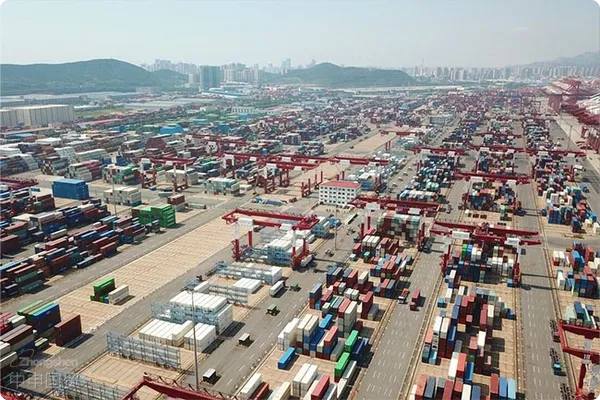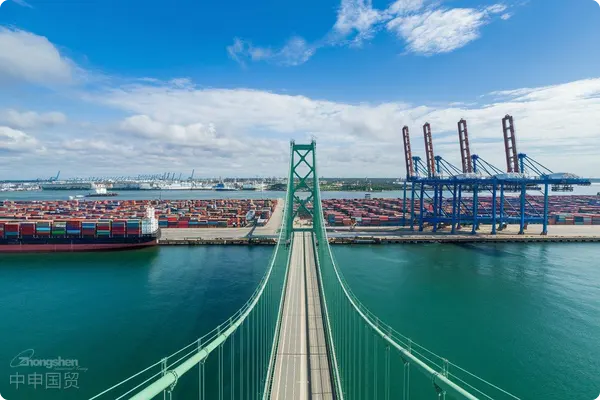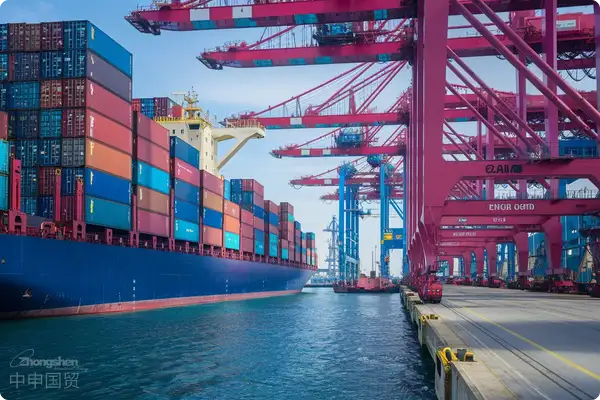- Shanghai Zhongshen International Trade Co., Ltd. - Two decades of trade agency expertise.
- Service Hotline: 139 1787 2118
Compulsory certificationThe process of branded goods is relatively complex, especially when it comes to the intellectual property protection, authorization, and customs filing of the brand. To ensure that the goods can be cleared smoothly and enter the Russian market, enterprises need to make relevant preparations in advance. Next, we will analyze in detail the correct steps for exporting branded goods to Russia from multiple aspects such as brand filing, authorization, and actual operation.

I. Basic Requirements for Exporting Branded Goods
1. Brand Filing Inquiry
Before export, it is necessary to log in to the customs intellectual property protection filing system to check whether the brand has been filed.
- Brands already filed: If the brand has been filed with the customs, the exporting enterprise needs to verify whether it is authorized to export the branded goods.
- Brands not filed: For brands that have not been filed, it can be considered to ship the goods in the form of white labels (i.e., without brand logos) to avoid the goods being detained or seized due to brand issues.
2. Relationship between the Exporting Enterprise and Brand Authorization
The export of branded goods requires ensuring that the exporting enterprise has obtained legal authorization.
- Authorization Certificate: If the branded goods involve trademarks or patents, the exporting enterprise needs to provide an official authorization letter from the brand owner and ensure that the scope of authorization covers the right to export to Russia.
- Customs Filing Authorization: Even if there is a brand authorization letter, it is necessary to confirm whether the exporting enterprise has been filed by the brand owner in the customs system. If not, the authorization letter may not have a practical effect.
II. Detailed Steps of the Export Process
1. Brand Intellectual Property Filing Inquiry
- Log in to the intellectual property protection filing system of the General Administration of Customs, and enter the brand name for inquiry.
- Download and save the filing record (if any) for submission during the export process.
2. Preparation of Brand Authorization Letter
- Ensure that the content of the authorization letter is complete, including: brand owner information, authorized enterprise information, scope of authorization (region, time, product category), and the signing date of the authorization letter.
- The authorization letter needs to be provided in both Chinese and Russian versions and confirmed by the seals of the brand owner and the exporting party.
3. Declaration and Customs Clearance Preparation
- List and Invoice: Prepare a list and commercial invoice containing information about the branded goods, clearly listing the brand name and detailed information about the goods.
- List in detail the model, product name, number of pieces, weight, etc. of the goods. Ensure that the brand logo on the goods packaging is consistent with the packing list.
- Product Compliance Documents: Including technical specifications, quality inspection reports, etc., especially when it comes to consumer goods or industrial equipment.
4. Logistics Arrangement and Transportation
- Transportation Selection: For high - value branded goods, it is recommended to choose a reliable logistics company and purchase appropriate transportation insurance.
- Document Verification: Before the transportation of goods, ensure that all documents (authorization letters, invoices, packing lists, etc.) are consistent with the actual goods.
5. Customs Clearance and Entry
- Submit filing information: When clearing customs in Russia, it is necessary to provide the brand filing certificate and the original authorization letter or a notarized copy.
- Customs review: Cooperate with the inspection of the Russian customs to ensure that the brand authorization and filing information are complete and valid.
- Pay tariffs and fees: Pay the corresponding tariffs and value - added taxes according to the category of goods and the declared value.
III. Common Problems and Solutions
1. Brand not filed but needs to be exported
- It is recommended to communicate with the brand owner to complete the customs filing as soon as possible.
- The temporary solution is to ship the goods in the form of white - label products, but it should be noted that it cannot violate the laws related to intellectual property rights.
2. Export enterprise not authorized
- Take the initiative to contact the brand owner to apply for an export authorization.
- If there are obstacles to obtaining authorization, you can consider cooperating with a third - party and indirectly export through an authorized enterprise.
3. Goods seized by customs
- The reason may be incomplete brand authorization or inconsistent filing information. It is necessary to immediately contact the brand owner to supplement materials and communicate with the customs to solve the problem.
IV. Compliance Suggestions for Exporting Branded Goods
- File in advance: Ensure that brand and enterprise information are filed with the customs in advance to avoid delays during the export process due to authorization issues.
- Complete documents: Prepare detailed documents such as authorization letters, invoices, packing lists, etc., and ensure the consistency of information.
- Choose a reliable agent: Entrust a logistics company or agency familiar with the Russian customs clearance process to reduce unnecessary risks.
- Pay attention to policy changes: Regularly understand the updates of relevant Russian laws and regulations to ensure the compliance of the export process.
Conclusion
Exporting branded goods to Russia is not difficult. As long as you do a good job in advance in intellectual property filing, authorization preparation, and verification of the completeness of customs clearance materials, you can greatly improve the customs clearance efficiency. For Chinese enterprises, making full use of compliant resources and export tools can make it easier for branded goods to enter the Russian market and expand a broader business space.
Related Recommendations
Learn
Contact Us
Email: service@sh-zhongshen.com
Related Recommendations
Contact via WeChat

? 2025. All Rights Reserved. 滬ICP備2023007705號(hào)-2  PSB Record: Shanghai No.31011502009912
PSB Record: Shanghai No.31011502009912









